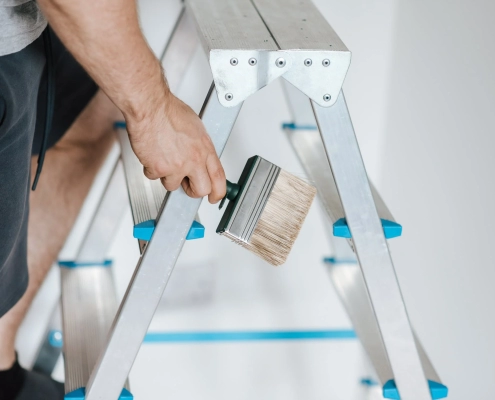
Easy Home Repairs You Can Do in a Weekend
/
0 Comments
When it comes to home maintenance, not every task requires the…

Installing a New Light Fixture: What You Need to Know
Changing a light fixture is a relatively straightforward task,…

How to Properly Paint a Room: Tips from a Handyman
Painting a room can seem like a simple task, but there are various…
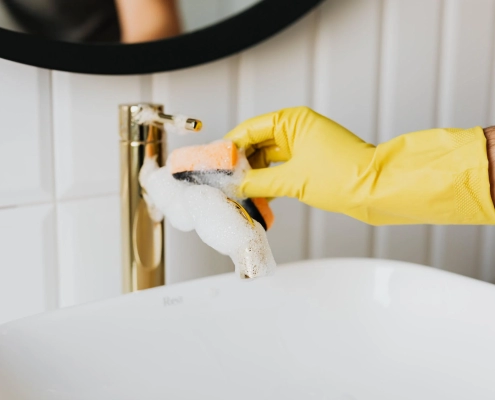
Importance of Regular Home Maintenance Checks
Owning a home is an exciting milestone, but it also comes with…
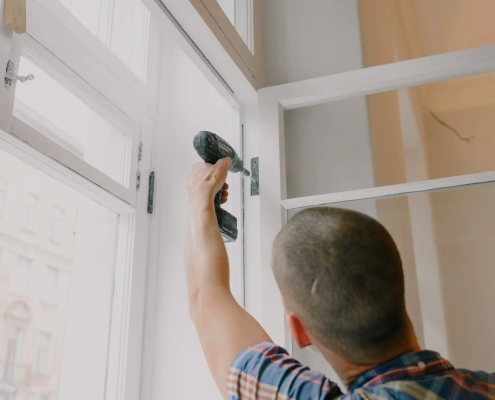
What to Look for When Hiring a Professional Handyman
Hiring a professional handyman can be a game-changer when it…

Pros and Cons of Flat-Pack Furniture Assembly
Flat-pack furniture has revolutionised how we think about furnishing…
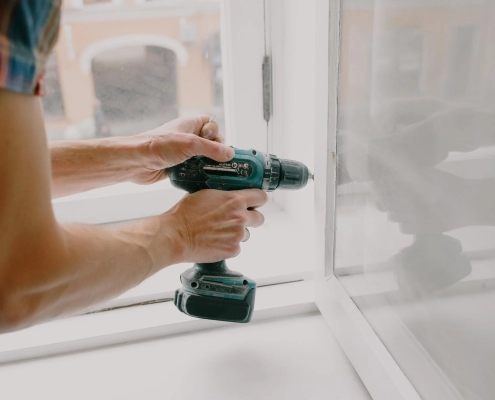
Five Quick Fixes for Common Household Problems
Homeownership comes with its fair share of ups and downs. While…
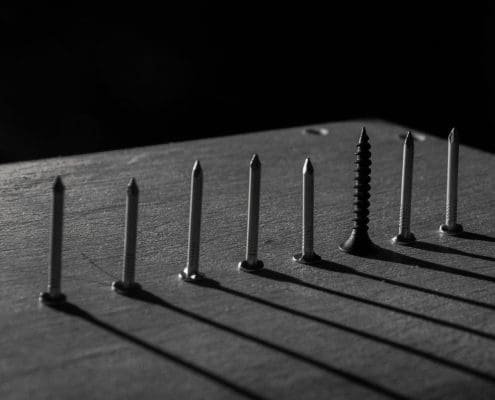
How to Choose the Right Screws and Nails for Your DIY Project
Choosing the right fasteners—screws and nails, in this case—is…
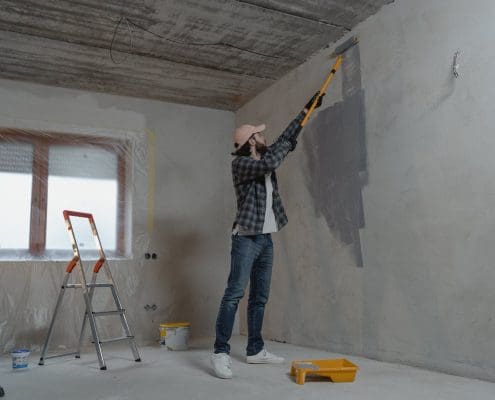
DIY vs. Hiring a Handyman: When to Make the Call
The DIY movement has empowered countless homeowners to tackle…
